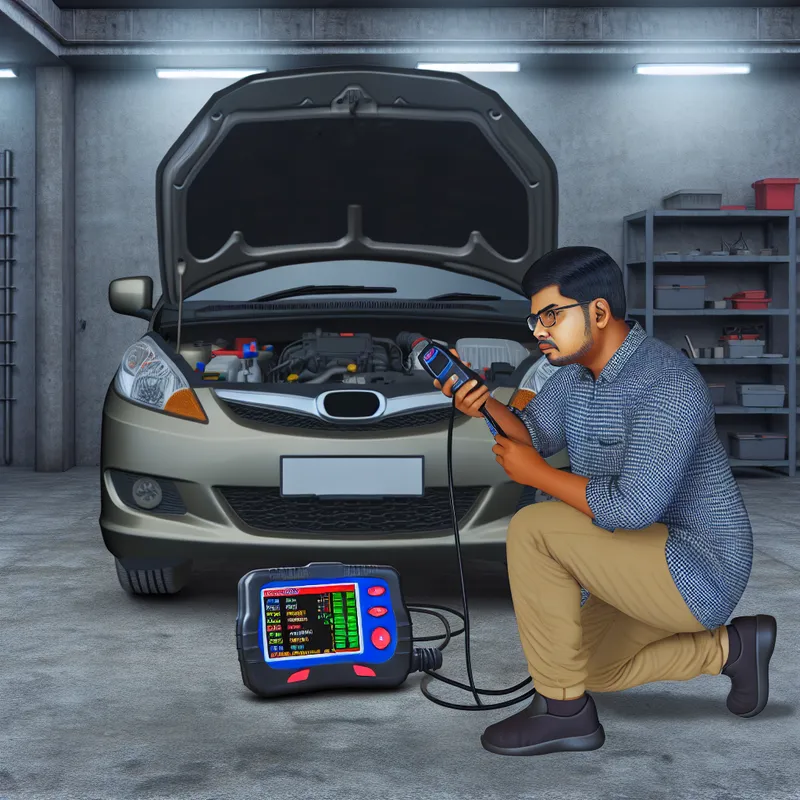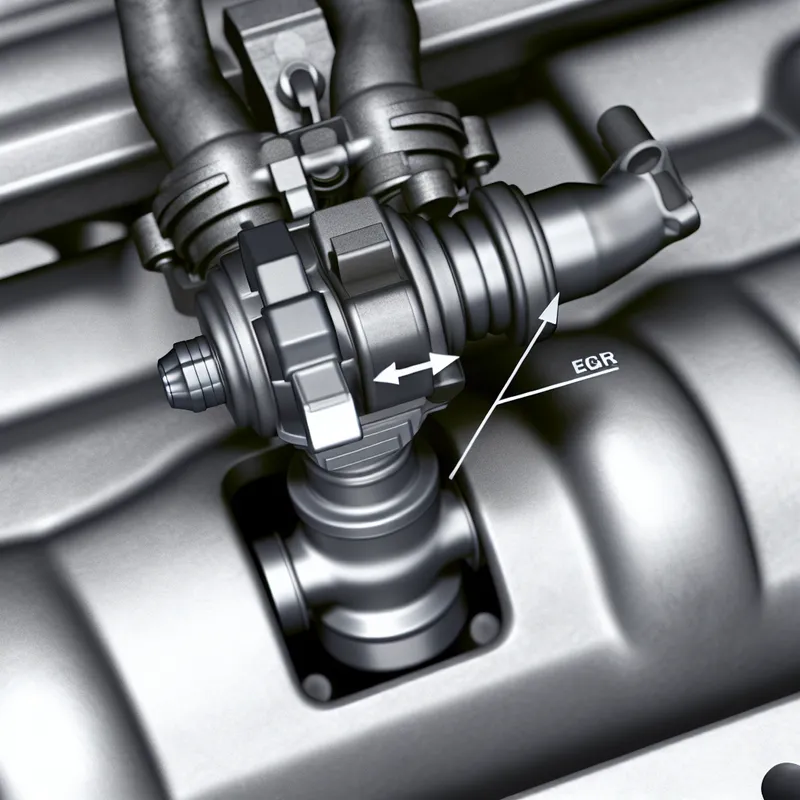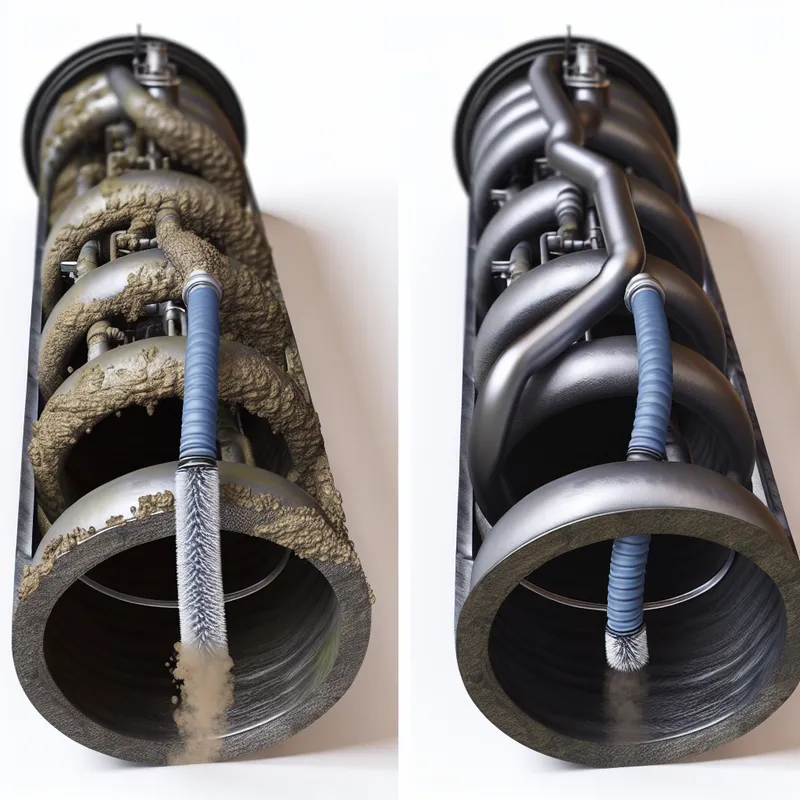Oh, the dreaded Check Engine light. It’s like that one friend who always shows up uninvited, isn’t it? One of the mysterious culprits behind this annoying light can be a misbehaving Exhaust Gas Recirculation (EGR) system. So, if you’re searching for how to fix EGR monitor issues, that means we’re in this engine adventure together. You might be wondering why your EGR monitor isn’t playing nice and how you can get it back in order without dropping major bucks on a mechanic.
Understanding the EGR Monitor Issue
Let me take you back to when my car decided to give me the silent treatment. Well, not silent—more like a constant orange glow from the dashboard. The troublemaker? That sneaky EGR monitor. If you didn’t already know, the EGR system is designed to reduce nitrogen oxides in the exhaust by recirculating a portion of the exhaust gases back to the engine cylinders. Sounds simple, right? But when the monitor struggles to complete its checks, it’s like trying to have a conversation with a broken intercom.
So, How to Fix EGR Monitor?
Before diving into the nuts and bolts, have you checked if there’s a pending OBD-II code related to the EGR system? If not, it’s time to dust off that OBD-II scanner. Trust me, this little tool is like your car’s personal diary, spilling all its secrets. If you’re not sure where to start, here’s a little insider scoop on how to approach this fix:

Step 1: Check for Fault Codes
First things first, grab that OBD-II scanner and plug it into your car’s OBD-II port. If you don’t have one, maybe borrow from a friend or even those chain auto parts stores that do it for free. Now, what’s that scanner telling you? Any codes like P0400 to P0409? These codes often relate directly to EGR issues and give you a head start on the diagnostic trail.
Step 2: Inspect the EGR Valve
If you’ve got EGR-related codes, the problem might be the EGR valve itself. Sometimes, dirt and grime build-up can cause it to stick, kind of like how your fridge door refuses to stay shut. It’s time to roll up your sleeves. Remove the EGR valve, which can usually be found between your intake and exhaust manifolds but, hey, check the manual for your specific model just to be sure.
Once you’ve got it out (and let’s be honest, that might take a bit of wiggling), give it a good clean. Use a carburetor cleaner and a brush to get rid of carbon deposits. Here’s a little trick I found—let the cleaner soak a bit, it makes scrubbing easier. Don’t forget to clean the passages too! If you’re looking for how to fix EGR monitor issues long-term, regular cleaning could be your key ally.

Step 3: Check EGR Solenoid and Sensors
EGR systems aren’t complete without their trusty sensors and vacuum solenoids. Ensure they’re getting the correct voltage; a multimeter is your best friend here. Sometimes, these components can be faulty, making the EGR system act like a rebellious teenager—simply refusing to do what it’s supposed to. If you spot a faulty component, it might be time to replace it.
Step 4: Consider EGR Tube Clogs
Another gremlin to watch out for is a clogged EGR tube. These can restrict the exhaust gas flow, making the entire system cry “foul!” Have you ever tried breathing through a blocked straw? That’s kind of what it feels like for your car. A flexible pipe cleaner can sometimes work wonders on those clogs. Just make sure everything is snug as a bug in a rug once you’re done.

Fine-Tuning: Keep That Engine Purring
So you’ve gotten this far, and your EGR monitor’s probably starting to behave itself. But, you know, cars are like plants—you’ve got to water them once in a while (figuratively speaking, of course). Here are a few little tips I’ve picked up to keep the EGR system running smooth:
-
Fuel Quality Matters: Seriously, we’re not out here buying organic, free-range gasoline, but just avoid the really cheap stuff when possible. Better fuel can lead to less buildup in the EGR system.
-
Regular Maintenance: Don’t skip those oil changes. I learned the hard way—although that’s a story for another day. Fresh oil helps in keeping the engine clean and running efficiently.
-
Preventive Cleanings: Periodically cleaning the EGR valve and passages can extend their life. You ever cleaned out your junk drawer and felt oddly accomplished? Same vibe.
Wrapping It Up, EGR Style
Fixing an EGR monitor might seem daunting at first, but trust me, it’s an empowering DIY. There’s something immensely satisfying about tackling these car issues head-on and coming out on top. Sure, there might be a few scraped knuckles and a garage floor that resembles an oil painting, but that’s part of the adventure, right?
Next time that Check Engine light tries to cramp your style, you’ll be ready with your newfound knowledge. What do you think? Have you tried any of these tricks before? Remember, fixing your EGR monitor can be a rewarding experience—not only could you save money, but you also breathe new life into your ride.
